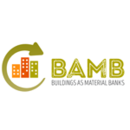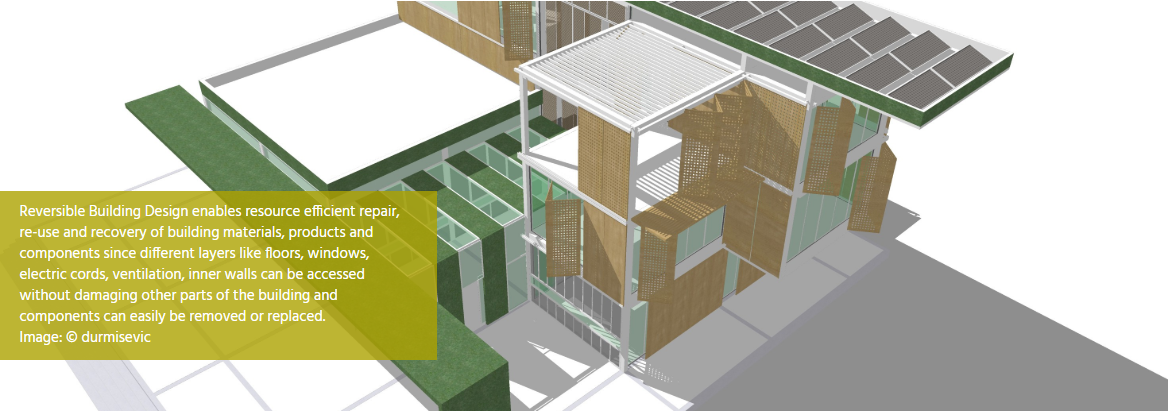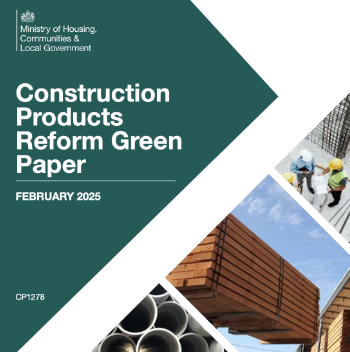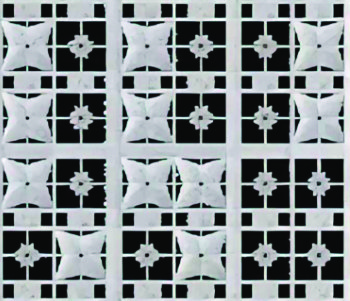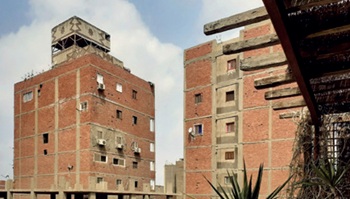Reversible Building Design
Contents |
Definition
Reversible building is the design and construction strategy that has the ambition to realise buildings whose parts follow material loops and facilitate building alterations and support changing user needs.
Emphasising the ability of buildings and their components to return to an earlier state, this strategy strives for high resource productivity
It includes a spatial dimension, in which the building can be efficiently refurbished, as well as a technical dimension, wherein the building’s components can be disassembled and used again or deconstructed and recycled or biodegraded.
Guidelines
To bring the strategy ‘Reversible Building Design’ into practice, various principles, guidelines and techniques have already been proposed. Examples include, the generality of spaces, the adaptability and upgradability of assemblies, the durability and compatibility of building parts and the reversibility of their connections.
Moreover, as many of these design principles facilitate building transformations to changes in needs and requirements, Reversible Building is a synonym for design strategies such as Design for Change. However, whereas Reversible Building Design emphasises the establishment of material loops, Design for Change generally aspires to effective and efficient building transformations.
In BAMB, a Design Protocol for dynamic & circular building will be developed in order to enable different stakeholders in the construction value chain to implement Reversible Design strategies and approaches in construction and refurbishing activities. (For more information visit https://www.bamb2020.eu/topics/reversible-building-design/)
Related terms
Disassemble, Design for Disassembly: the act of removing components from an assembly resulting in pure material flows, facilitating their recycling or biodegradation. Design for Deconstruction is the design and construction strategy that enables the partial or total deconstruction of a building.
Deconstruct, Design for Deconstruction: the act of removing components from an assembly without damage, enabling their reuse. Design for Disassembly is the design and construction strategy that enables the partial or total disassembly of a building.
Design for Change: the design strategy based on the principle that our needs and requirements for the built environment will always change; its aim is to create buildings that support change effectively and efficiently.
Generic, Generality: a building or space that supports changing needs and requirements without physical alterations and the initiation of new material flows. Generality is the degree to which a building or space is generic.
Adaptable, Adaptability: an assembly of building materials that can be altered with a minimum of material flows initiated to support changes in needs and requirements. Adaptability is the degree to which an assembly is adaptable.
Upgradable, Upgradability: an assembly of building materials of which the condition and performance can be improved efficiently. Upgradability is the degree to which an assembly is upgradable.
Compatible, Compatibility: building parts that are designed in accordance to dimensional and possibly other standards, to ensure they are interchangeable or easy to combine.
Reversible connections: connections, i.e. physical relationship between building parts, that can be undone without damaging the parts they connect, e.g. bolts, screws, or soft lime mortars.
Circular building: a building designed according to Reversible Building principles.
Circular building products, ~ parts: building products or building parts designed according to Reversible Building principles.
References
Durmisevic E. (2006). Transformable building structures: design for disassembly as a way to introduce sustainable engineering to building design and construction (doctoral thesis). TUDelft.
Galle W. and Herthogs P. (2015). Veranderingsgericht bouwen: gemeenschappelijke taal. Mechelen: Openbare Vlaamse Afvalstoffen Maatschappij OVAM.
Oxford Advanced Learner’s Dictionary (2017). Accessed March 2017 via www.oxfordlearnersdictionaries.com. Oxford: Oxford University Press.
--BAMB - Buildings As Material Banks 09:41, 15 Aug 2018 (BST)
Featured articles and news
Design and construction material libraries
Material, sample, product or detail libraries a key component of any architectural design practice.
Construction Products Reform Green Paper and Consultation
Still time to respond as consultation closes on 21 May 2025.
Resilient façade systems for smog reduction in Shanghai
A technical approach using computer simulation and analysis of solar radiation, wind patterns, and ventilation.
Digital technology, transformation and cybersecurity
Supporting SMEs through Digitalisation in Construction.
Villa Wolf in Gubin, history and reconstruction. Book review.
Construction contract awards down £1bn
Decline over the past two months compared to the same period last year, follows the positive start to the year.
Editor's broadbrush view on forms of electrical heating in context.
The pace of heating change; BSRIA market intelligence
Electric Dreams, Boiler Realities.
New President of ECA announced
Ruth Devine MBE becomes the 112th President of the Electrical Contractors Association.
New CIAT Professional Standards Competency Framework
Supercedes the 2019 Professional Standards Framework from 1 May 2025.
Difficult Sites: Architecture Against the Odds
Free exhibition at the RIBA Architecture Gallery until 31 May.
PPN 021: Payment Spot Checks in Public Sub-Contracts
Published following consultation and influence from ECA.
Designing Buildings reaches 20,000 articles
We take a look back at some of the stranger contributions.
Lessons learned from other industries.
The Buildings of the Malting Industry. Book review.
Conserving places with climate resilience in mind.







